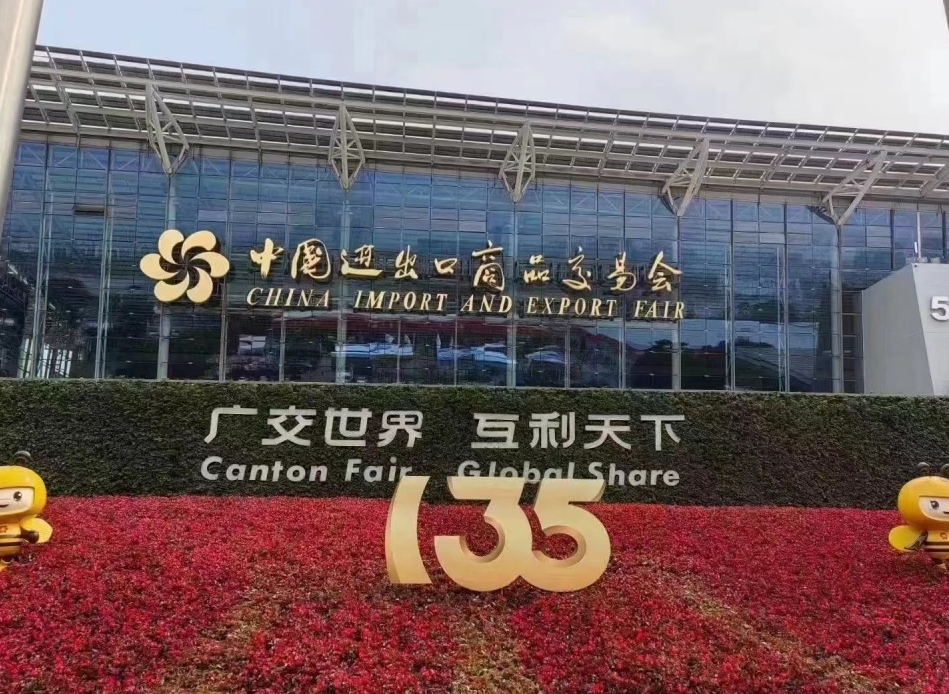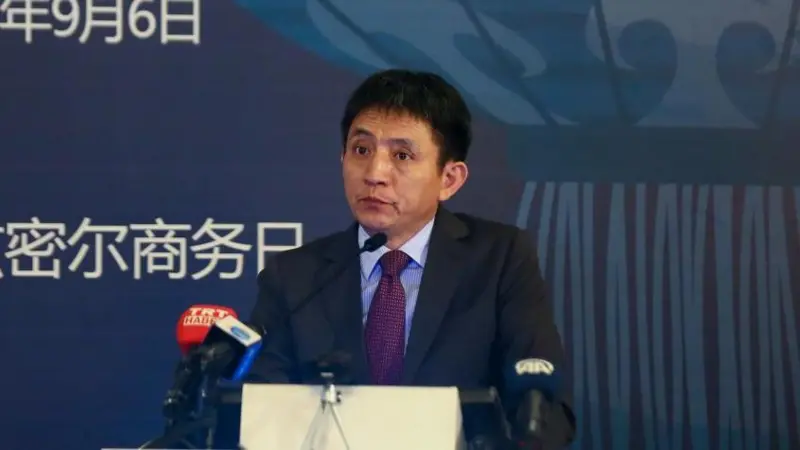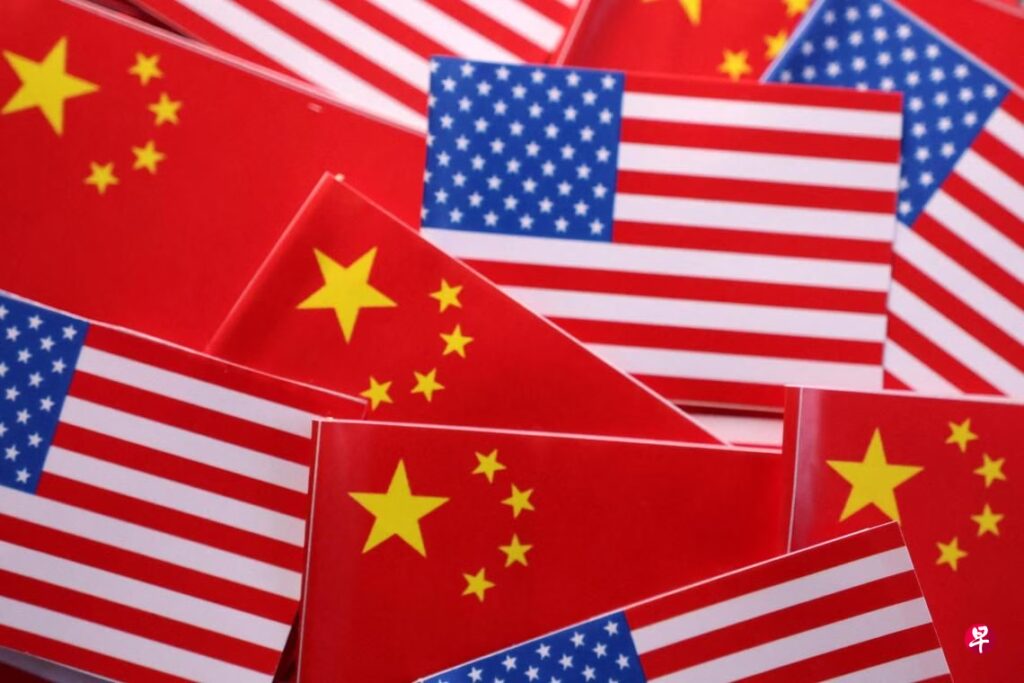China’s economy started 2025 on a stronger-than-expected note, growing 5.4% in the first quarter compared to the same period last year. That figure beat the 5.1% forecast from analysts and matched the growth rate seen in the final quarter of 2024. But while retail and industrial output gave the numbers a lift, new US tariffs and the country’s continuing property sector decline are already beginning to cloud the economic outlook.
Retail and factory figures show strength
China’s March data showed promising results in key areas. Retail sales rose 5.9% year-on-year, a solid jump from the 4% average in the first two months of the year. Industrial output grew 7.7%, up from 5.9%. Together, these numbers helped push up overall GDP growth, giving officials a reason to be cautiously optimistic.

Sales of home appliances and furniture surged, boosted by a government-supported trade-in scheme. However, some economists pointed out that this kind of temporary incentive may not have lasting effects unless underlying consumer confidence improves. The bump in factory output, meanwhile, was likely driven by companies rushing to ship goods ahead of new tariffs from the United States—a trend known as front-loading that may reverse in the next quarter.
Trade tensions threaten export stability
President Donald Trump recently increased tariffs on Chinese imports to as high as 145%, with Beijing retaliating by slapping 125% duties on US goods. These sudden hikes have intensified the trade war between the world’s two largest economies, creating uncertainty for exporters and manufacturers across China.
Although exports were a bright spot in 2024 and early 2025, the outlook has shifted. Analysts say the March export surge may not be repeated. As tariffs begin to take full effect, China’s trillion-dollar trade surplus could shrink, placing added strain on domestic growth engines.
Premier Li Qiang acknowledged the difficult road ahead, calling the changes in global trade “profound” and urging Chinese businesses to increase their focus on the domestic market. For policymakers, it’s a challenge of finding new demand as the country’s largest trading partner applies maximum pressure.
Analysts lower growth forecasts for 2025
Despite the better-than-expected Q1 figures, several global banks have cut their full-year growth projections. ANZ now expects China to grow only 4.2% in 2025, down from a previous 4.8%. Nomura forecasts 4%, while UBS has slashed its projection to 3.4%.
These cuts reflect concern over the impact of tariffs, ongoing weakness in the property market, and consumer hesitation. Economists warn that even more stimulus may be required if China is to hit its official growth target of around 5%. Nomura analysts noted that the country is facing two significant headwinds: a sluggish property sector and a deeply uncertain external environment due to the US-China trade conflict.
The property sector is still dragging
The drag from the real estate industry remains a central issue. Investment in the property sector fell by 9.9% in the first quarter compared to the previous year. New home prices in March were flat, underscoring continued caution from both developers and buyers.
Many Chinese households have seen the value of their homes fall in recent years, prompting a shift in behaviour. Rather than spending, people are choosing to save. That poses a problem for policymakers hoping to drive recovery through consumption.
While government officials say they have tools to stabilise the sector, the size of the downturn suggests a long road ahead. With many families having sunk their savings into property, the broader economic ripple effects continue to be felt.
Rising unemployment and deflation risks
China is also grappling with rising unemployment and persistent deflation in some sectors. Youth unemployment remains a particular concern, and price growth has stalled across much of the economy. While GDP is growing, these underlying indicators suggest a more fragile situation.
Raymond Yeung, chief China economist at ANZ, said that solid GDP growth numbers don’t tell the whole story. “Deflation and youth unemployment remain the primary concerns,” he noted, adding that the risks are structural and could limit the impact of any new stimulus.
Companies on the front lines
For many small and medium-sized exporters, the trade war is not an abstract policy debate—it’s a daily business crisis. Lionel Xu, who runs a mosquito repellent kit business in Zhejiang province, says his products were once popular in US retailers like Walmart. Now, boxes of unsold stock are piling up.
“This is so hard for us,” Xu said. About half of his company’s output used to go to the US, and with tariffs at 145%, those shipments have stopped. Like many others at the Canton Fair in Guangzhou, he’s looking for new customers in places like Australia, Russia, and the Middle East. But the process takes time, and in the meantime, jobs and production are at risk.
Amy, who sells ice cream makers for Guangdong Sailing Trade Company, tells a similar story. “We have stopped production already. All the products are in the warehouse.” Her main buyer was also based in the US.
The domestic market may not be enough
With global demand uncertain, Chinese officials have repeatedly emphasised the importance of the domestic market. In theory, a population of 1.4 billion offers huge potential for internal consumption. But in practice, it’s proving harder to unlock.
Many families are still reeling from losses in property investments. Others are worried about job security and economic uncertainty. Despite government efforts to encourage spending, the mood remains cautious.
Meanwhile, policymakers face the difficult task of supporting growth without overstretching public finances. Fitch recently downgraded China’s credit outlook, citing concerns over rising debt and the country’s capacity to manage a large fiscal stimulus.
New trade envoy takes charge
In a notable reshuffle, China has appointed Li Chenggang, a former WTO ambassador, as its new trade envoy. He replaces veteran negotiator Wang Shouwen. The timing of the move, just as tensions with Washington reach new highs, has raised eyebrows among analysts.

Some see the change as an attempt by Beijing to bring fresh energy to stalled talks. Others believe it was simply a routine promotion. Either way, Li now faces the task of navigating one of the most contentious trade environments in recent history.
There is little sign of a breakthrough yet. Both sides say they are open to dialogue, but meaningful talks have not resumed. For now, the tariffs remain, and so do the consequences.
The cost of conflict
At the Canton Fair, which draws over 30,000 businesses, the impact of the trade war was on full display. Products ranging from kitchen appliances to electric toothbrushes were shown to international buyers, but many vendors reported weak demand from the US due to the high tariffs.

Goods once destined for American homes are now stuck on factory floors. Some Chinese companies are pivoting to local markets, but others are struggling to survive. Labour-intensive industries, especially in regions like Guangdong, are already reporting wage cuts and job losses.
Several workers outside a shoe factory said they now earn a fraction of what they made just a few years ago. “Things are not going well,” one man said, declining to be named. “We’ve had problems since the COVID pandemic, and now there’s this trade war.”
A solid quarter, but caution ahead
China’s first quarter growth numbers surprised to the upside, but that doesn’t guarantee smooth sailing. With the property sector still in trouble, deflationary pressures rising, and US tariffs threatening a key export channel, the risks to the full-year outlook are growing.
The government has promised support, and new figures show that China still has economic resilience. But whether that resilience can outlast the pressures of a prolonged trade war and weak global demand remains to be seen.
